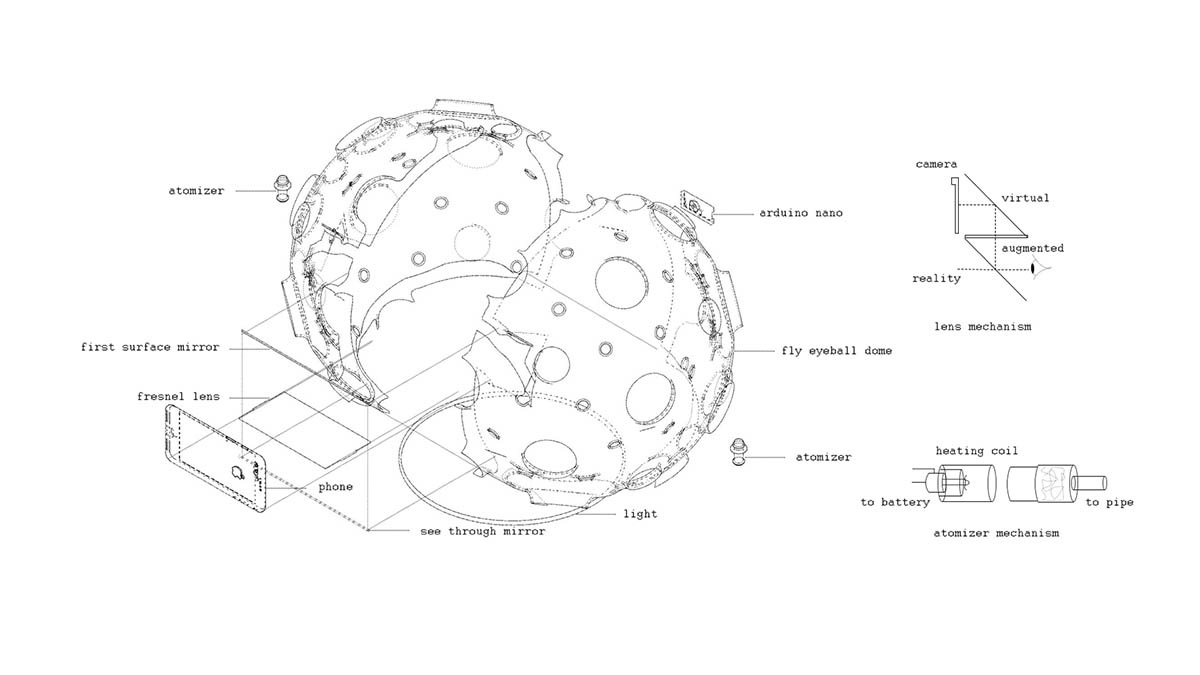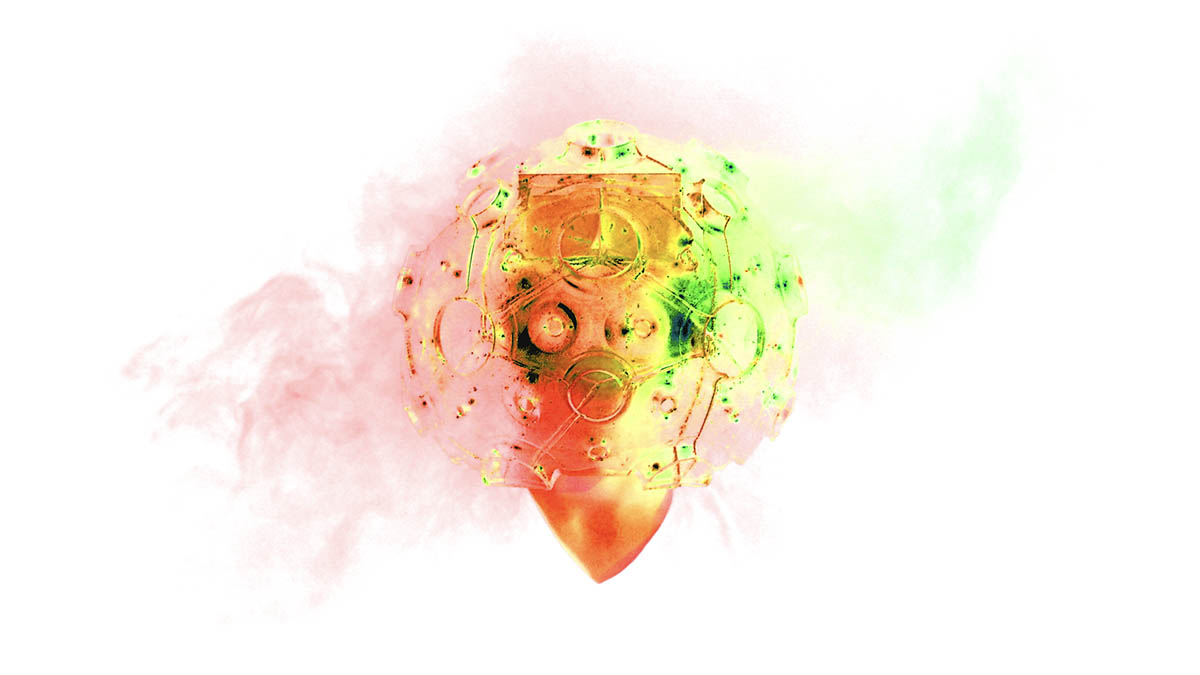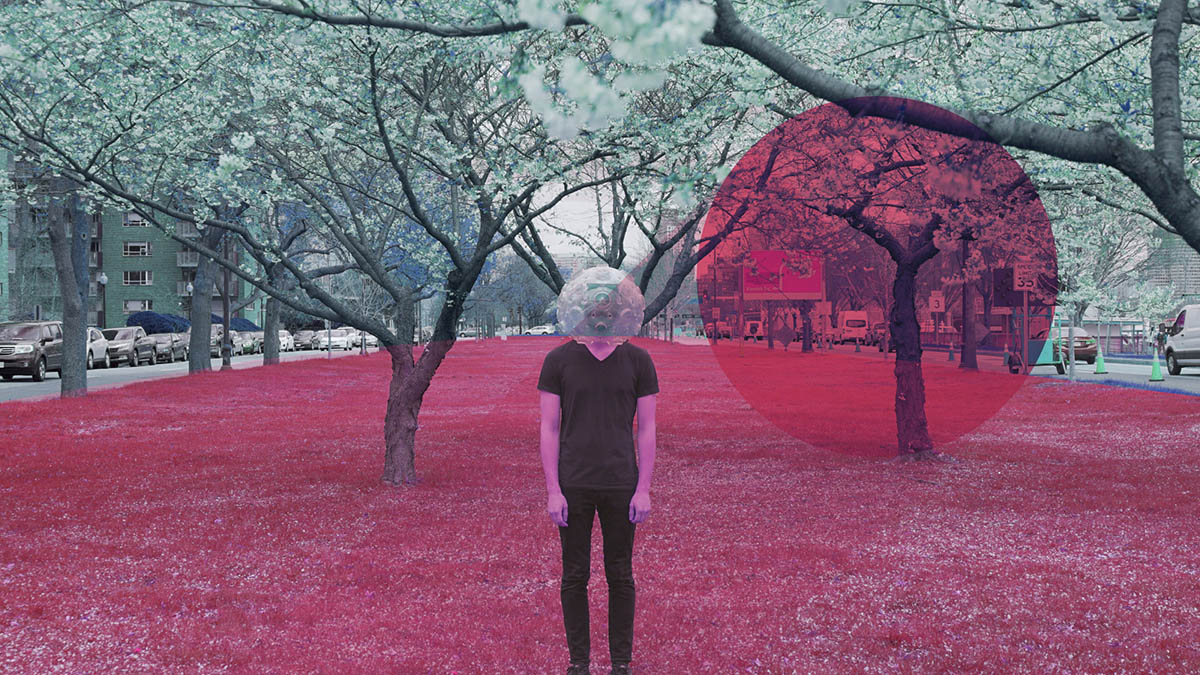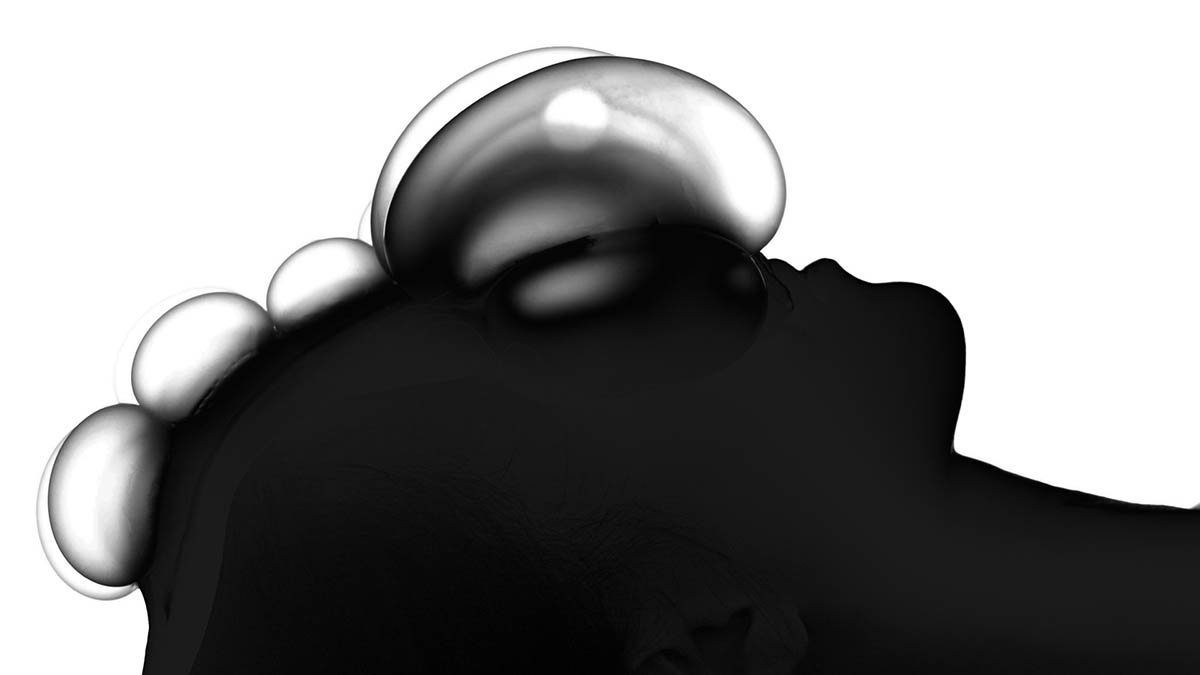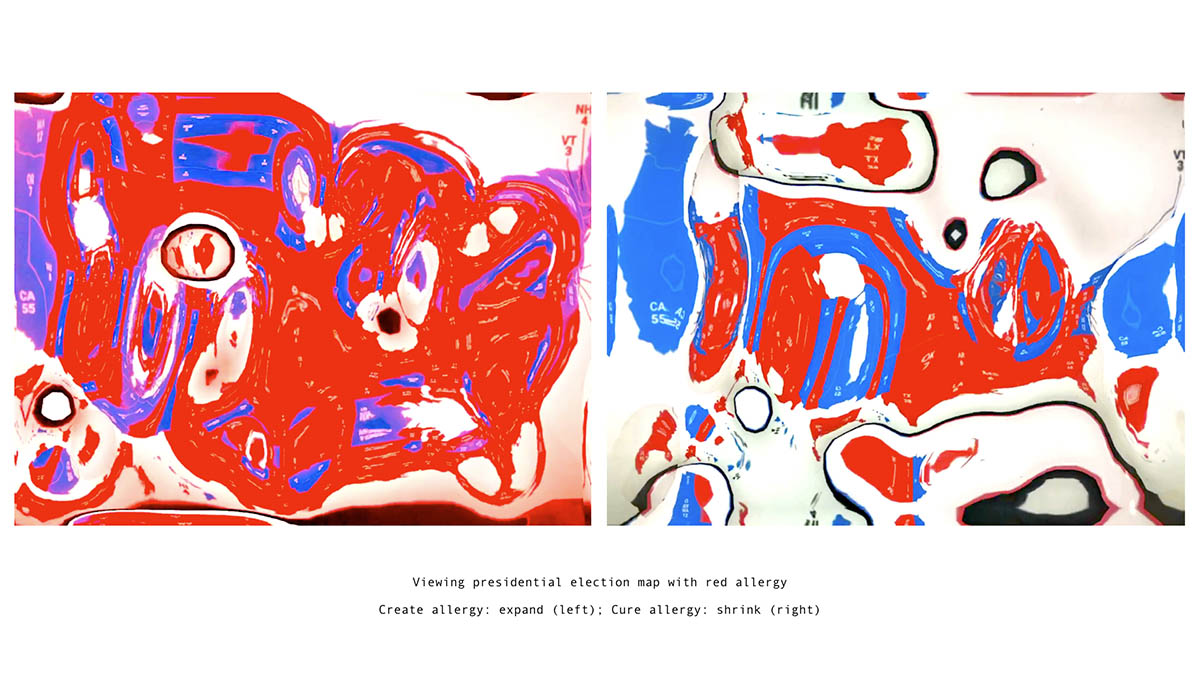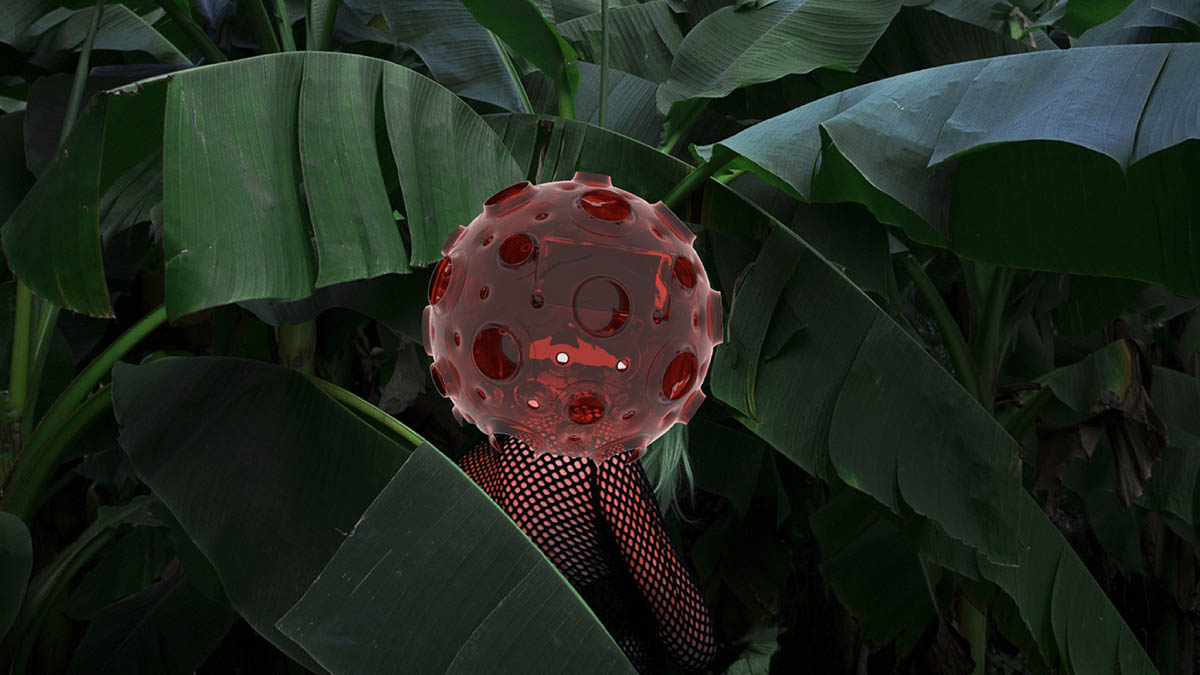TransVision: Exploring the State of the Visual Field
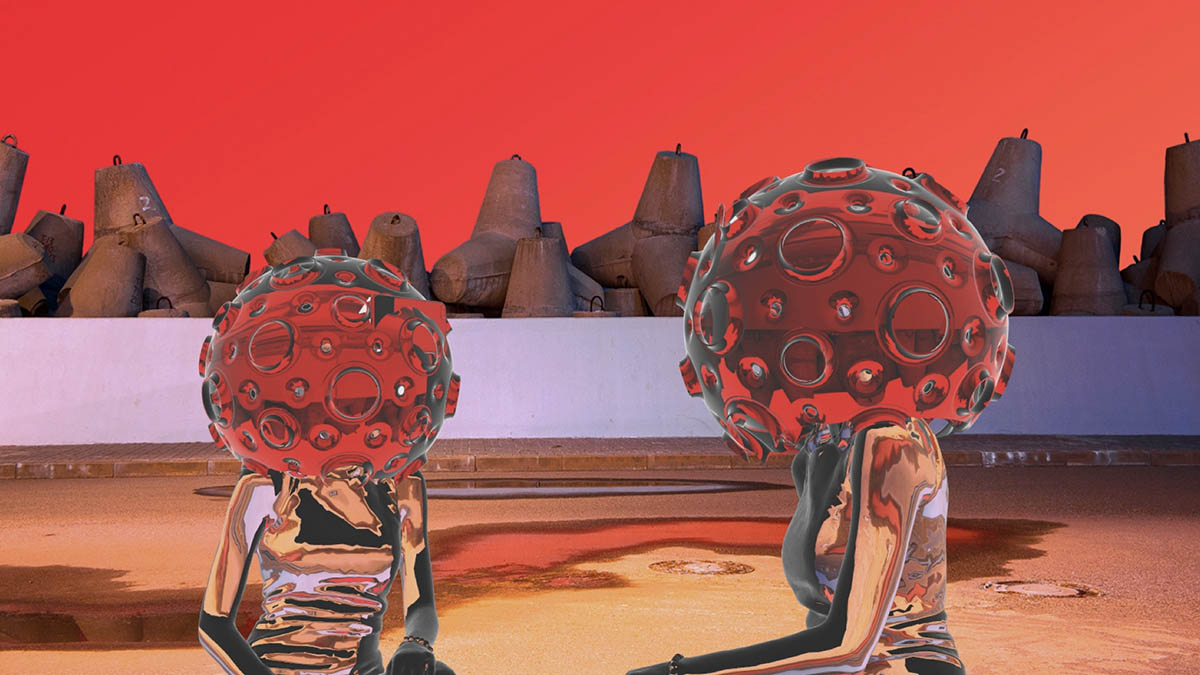
by Jiabao Li (MDes ’19) – Recipient of Project Prize in Design Studies
Human perception has long been influenced by technological breakthroughs. An intimate mediation of technology lies in between our direct perceptions and the environment we perceive. Through three extreme ideal types of perceptual machines, this project defamiliarizes and questions the habitual ways in which we interpret, operate, and understand the visual world intervened by digital media.
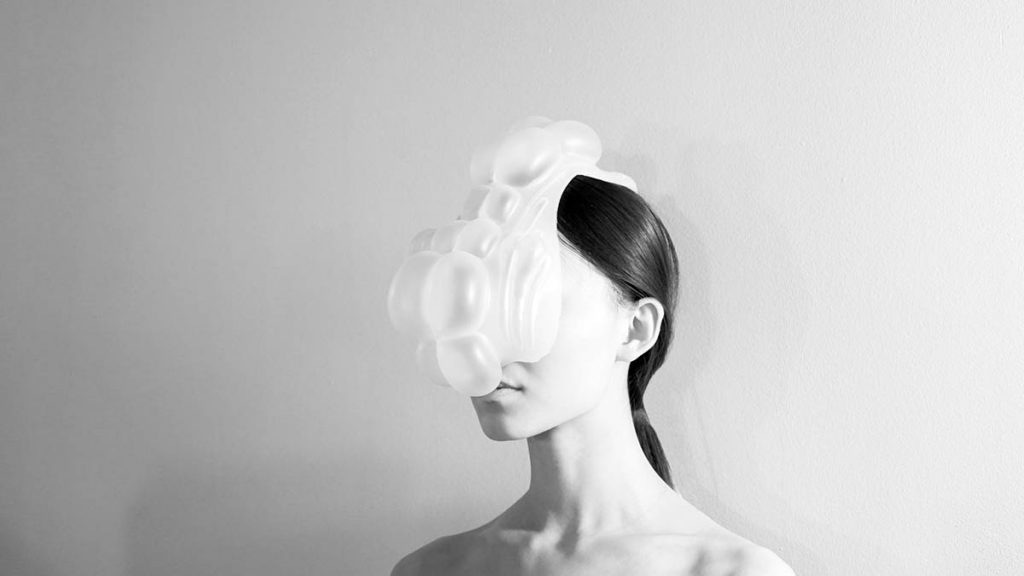
The three machines create:
Hyper-sensitive vision– a speculation on social media’s amplification effect and our filtered communication landscape.
Hyper-focused vision– an analogue version of the searching behavior on the Internet.
Hyper-commoditized vision– monetized vision that meditates on the omnipresent advertisement targeted all over our visual field.
Hyper-allergenic Vision Syndrome
The modern society has observed an increase in allergies and intolerances. Hypersensitivities are emerging not only medically but also mentally. Technology has this mutual reinforcement effect that people tend to become less tolerant because they interact even less with people who have different backgrounds and opinions just because of the structure of the Internet’s ability to connect selectively and to filter information. Digital media as mediator reinforce people’s tendency of overreacting through viral spread of information and amplification of opinions, making us hypersensitive to our social-political environment. Similar to patterns of intolerance to signals that we see with our immune system, we also see with our mental responses to our environment, to mental stimulation, and to the distribution of the sensible. Under the current social-political media condition, we device more and more structures in order to aggressively filter this environment both in terms of digital media and in terms of physical interactions like what we eat. By creating an artificial allergy to redness, this machine manifests the nonsensical hypersensitivity devised by digital media.
Tactile Vision
Vision works well when we have an overview of the total system, but the way we search in digital media is through little steps, from link to link — a tactile experience as we feel the landscape. We can never see it as a whole because it’s not a continuous space. Instead, we look through a pinhole and build up everything without an overview. This searching function enables us to reduce the amount of chance and encounters, so we can just directly search for something in an extremely focused way and filter out everything else. This machine is the extreme version of we possessing only one sense for one thing. With a pneumatic system made of silicon that reacts to the sensing of light in front of both eyes, the wearer gains stereovision to distinguish directions for navigating in space. Depriving all other sensory experiences and leaving only one signal channel, this hyper-narrow, focused, and filtered vision is an analog version of the searching behavior on the Internet.
Commoditized Vision
The commodification of the visual field requires observers that can rapidly consume visual information. The downside of this is the extreme overloading of information that has to be packed into the visual field in order to make the most out of every second when we are looking at something. It prevents us from any kinds of contemplative relationship to the world. The meditative relationship to what we are staring at is no longer possible because everything has an overlay of commercial information trying to extract value from us. The visual field becomes a commodity that has real estate value. By creating the tension between meditative state and consumptive state, the third machine contemplates on how augmenting the visual field with new technologies affects our relationship to the world in this particular social-economic context.
